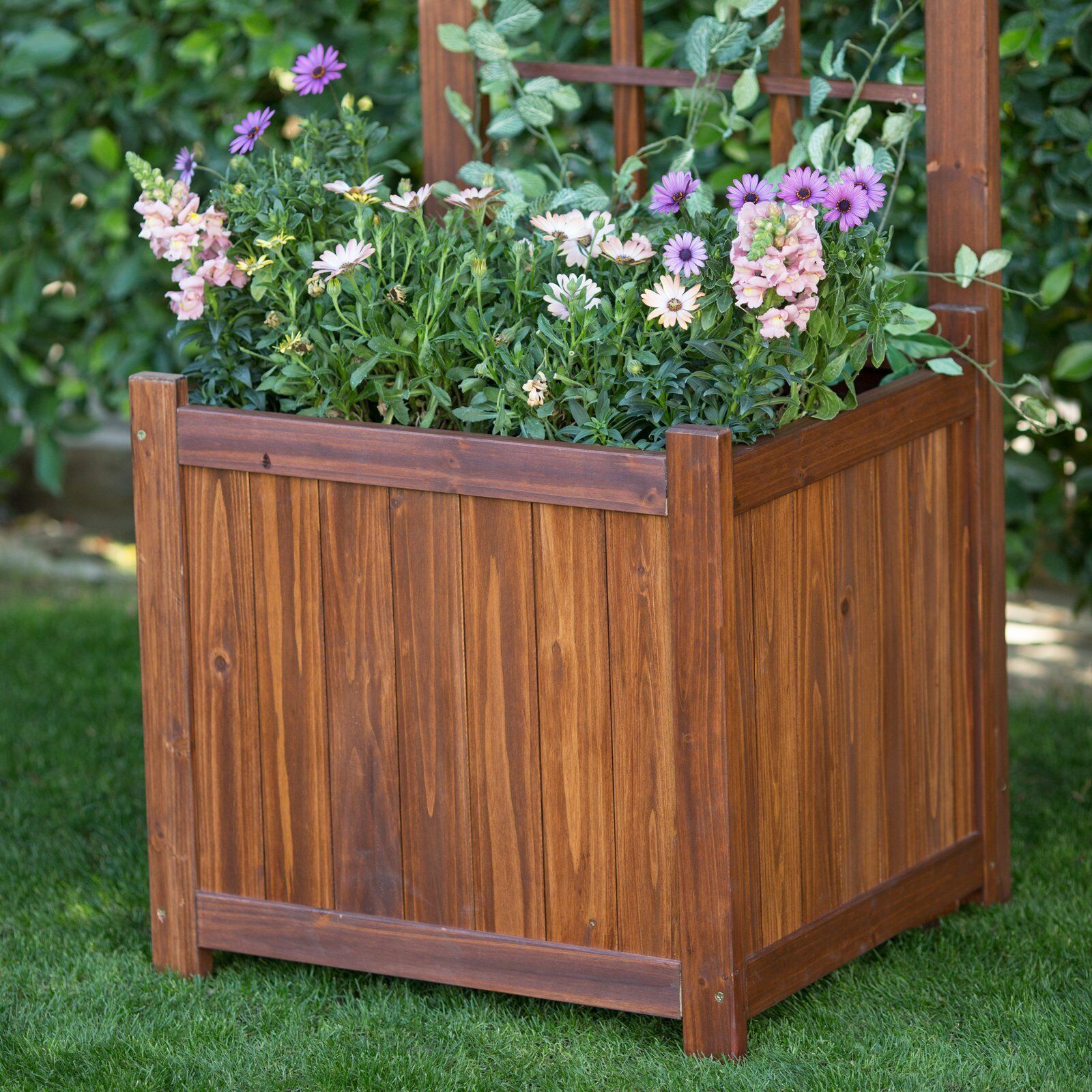In the realm of urban landscaping, large tree planter boxes emerge as a revolutionary solution, transforming the way we cultivate towering trees in confined spaces. These innovative structures provide a multitude of benefits, fostering optimal growth conditions and safeguarding the well-being of trees amidst the bustling cityscape.
Their spacious interiors accommodate extensive root systems, ensuring ample room for growth and nutrient absorption. Advanced drainage mechanisms prevent waterlogging, safeguarding roots from rot and disease. Moreover, these planter boxes shield trees from harsh weather conditions, such as scorching heat, icy winds, and excessive precipitation.
Design Considerations for Large Tree Planter Boxes

Designing large tree planter boxes requires careful consideration of several key factors to ensure the planter’s functionality, suitability for different tree species, and long-term health of the tree. These factors include size, shape, material, and drainage mechanisms.
Size and Shape
The size of the planter box should be proportionate to the mature size of the tree being planted. A general rule of thumb is to provide a minimum of 1 cubic yard (27 cubic feet) of soil volume for every 1 inch of trunk diameter at breast height (DBH). The shape of the planter box can vary, but square or rectangular boxes are most common. Round or oval boxes can also be used, but they may be more difficult to construct and may not provide as much stability for the tree.
Material
The material used to construct the planter box should be durable, weather-resistant, and able to support the weight of the tree and soil. Common materials used for planter boxes include wood, metal, concrete, and fiberglass. Wood is a relatively inexpensive and easy-to-work-with material, but it can rot and deteriorate over time. Metal is more durable than wood, but it can be more expensive and difficult to work with. Concrete is a very durable material, but it is also heavy and difficult to move. Fiberglass is a lightweight and durable material, but it can be more expensive than other materials.
Drainage
Proper drainage is essential for the health of the tree. The planter box should have adequate drainage holes in the bottom to allow excess water to escape. The drainage holes should be covered with a layer of gravel or other coarse material to prevent soil from washing out.
Plant Selection and Maintenance for Large Tree Planter Boxes

When selecting tree species for large tree planter boxes, it’s crucial to consider their root growth patterns, size at maturity, and tolerance to urban environments. Root growth patterns should be non-invasive to prevent damage to the planter box or surrounding structures. The tree’s mature size should be compatible with the dimensions of the planter box to ensure adequate space for growth. Additionally, trees should be tolerant of the specific urban environment, including factors like air pollution, limited soil volume, and potential drought stress.
Recommended Tree Species, Large tree planter boxes
Suitable tree species for large tree planter boxes include:
– Japanese Maple (Acer palmatum): Compact and slow-growing, with attractive foliage that turns vibrant colors in fall.
– Crape Myrtle (Lagerstroemia indica): Known for its showy summer blooms and exfoliating bark, providing year-round interest.
– Southern Magnolia (Magnolia grandiflora): A stately evergreen with large, fragrant flowers and glossy leaves.
– Dawn Redwood (Metasequoia glyptostroboides): A deciduous conifer with a pyramidal shape and soft, feathery foliage.
– European Beech (Fagus sylvatica): A large, majestic tree with smooth, gray bark and glossy green leaves that turn golden brown in fall.
Maintenance Practices
Essential maintenance practices for trees in planter boxes include:
– Watering: Water deeply and regularly, especially during hot, dry weather. Use a moisture meter to determine the soil’s moisture levels.
– Fertilizing: Fertilize trees in planter boxes every few months with a balanced, slow-release fertilizer.
– Pest Control: Monitor trees for pests and diseases, and treat promptly with appropriate measures.
By following these guidelines, you can select and maintain healthy and thriving trees in large tree planter boxes, adding beauty and environmental benefits to your urban space.


Large tree planter boxes provide ample space for root growth and development, promoting the overall health and longevity of trees. These planter boxes have been successfully utilized in various urban landscapes, including the renowned Walnut Creek Power Plant in California.
The power plant’s extensive use of large tree planter boxes has resulted in a lush and verdant landscape, demonstrating the effectiveness of these planter boxes in enhancing the urban environment.
In the realm of urban landscaping, large tree planter boxes reign supreme, offering a verdant respite amidst the concrete jungle. Their robust construction ensures the stability of these towering green sentinels. Transitioning to the industrial domain, cw roberts asphalt plant stands as a testament to the ingenuity of engineering, producing the asphalt that paves our roads.
And so, the cycle of life continues, from the raw materials of the earth to the thriving greenery that adorns our urban spaces.
Large tree planter boxes are a great way to add greenery to your home or office. They can be used to grow a variety of plants, including trees, shrubs, and flowers. One popular type of large tree planter box is the case early riser planter . This planter is made from durable materials and features a unique design that allows for easy drainage.
The case early riser planter is also available in a variety of sizes and colors, so you can find one that is perfect for your needs. Large tree planter boxes are a great way to add beauty and functionality to your home or office.